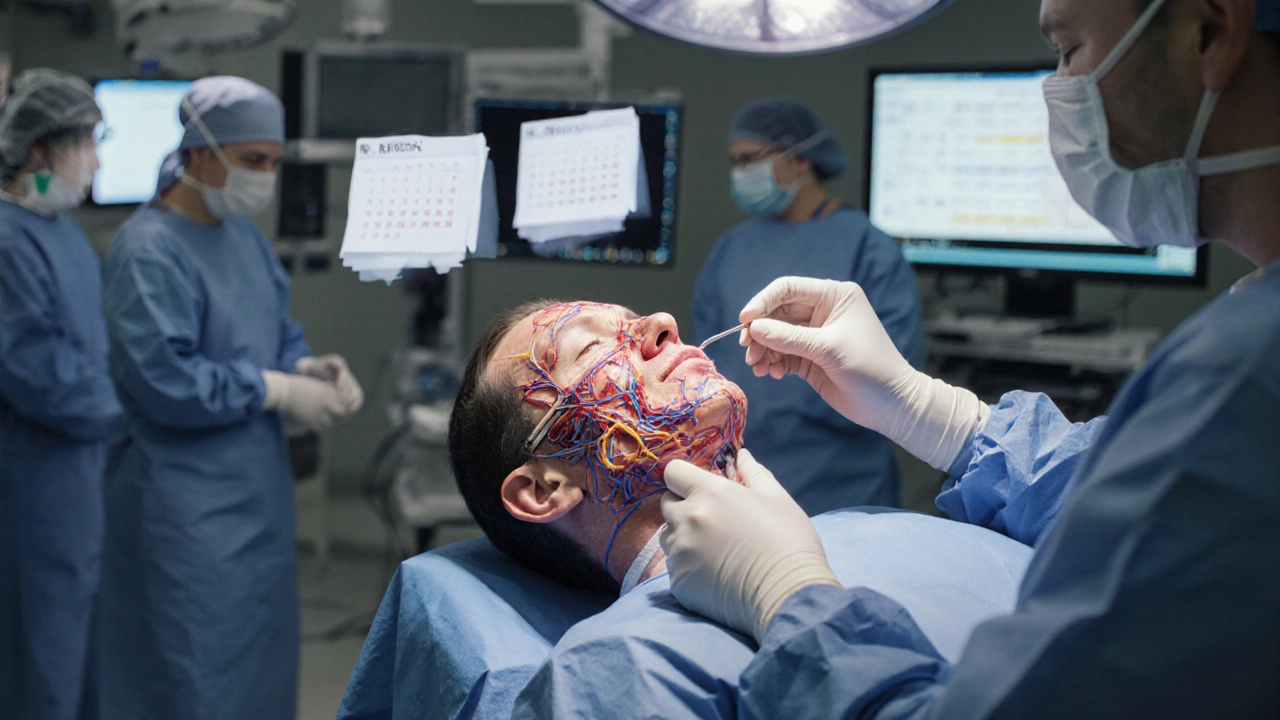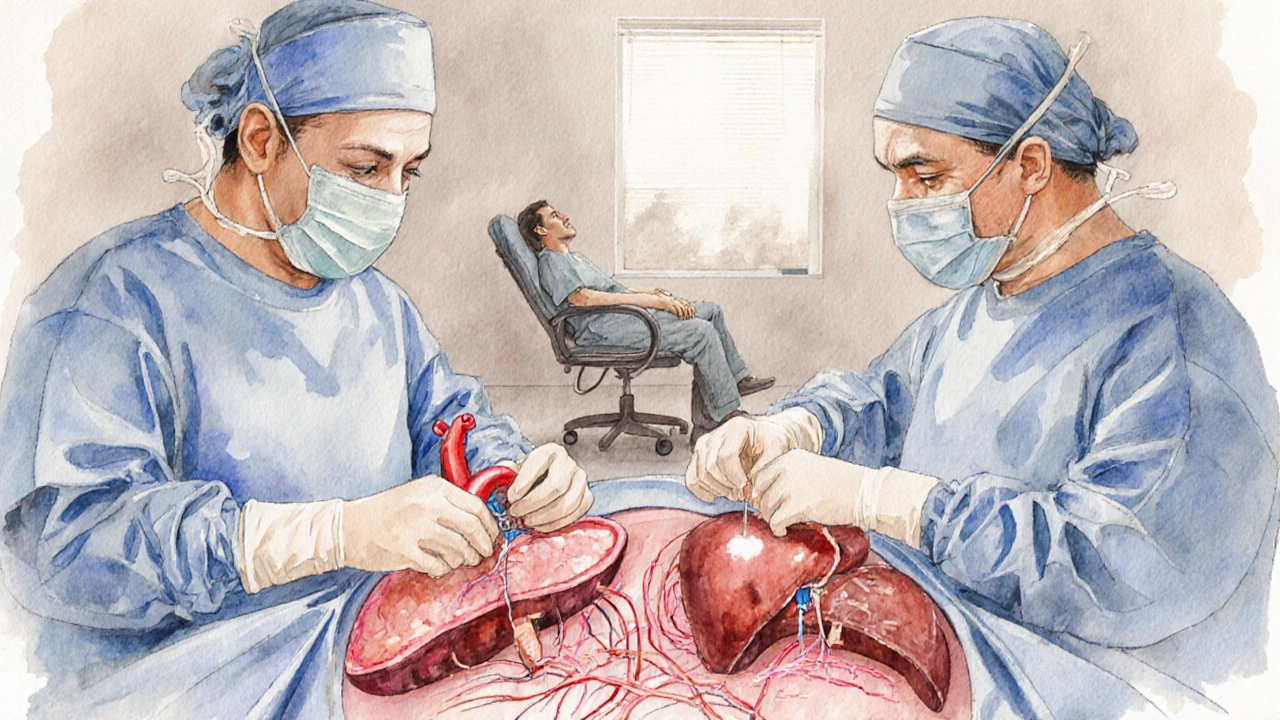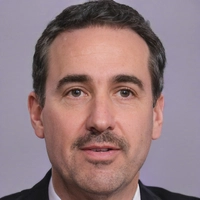
Surgery Recovery Time Estimator
Estimated Recovery Timeline
When you wonder what surgery has the longest recovery time, the answer points to a handful of ultra‑complex procedures that push the limits of modern medicine. These operations demand months - sometimes years - of intensive rehab, strict medical monitoring, and lifestyle adjustments before a patient can call the experience “over.” Below we break down the top contenders, explain why they take so long, and give you practical tips to survive the long road ahead.
Key Takeaways
- The full facial transplant holds the record, often requiring 18‑24 months of rehab before most functions return.
- Multi‑organ transplants (e.g., heart‑liver) and complex spinal fusions follow closely, with recovery periods of 12‑18 months.
- Recovery length depends on surgical complexity, patient age, underlying health, and adherence to rehabilitation protocols.
- Early preparation - pre‑hab, nutrition, mental‑health support - can shave weeks off a long recovery.
- Regular follow‑up with a multidisciplinary team is essential to spot complications early and keep progress on track.
Why Some Surgeries Take Forever to Recover
Recovery isn’t just about the cut closing; it’s about the body relearning how to function after a massive internal or structural change. Three main forces drive long timelines:
- Biological integration: Transplanted tissues must connect with blood vessels, nerves, and immune‑system pathways.
- Mechanical stabilization: Bones, spine, or joints need months of bone growth or scar tissue remodeling to bear weight safely.
- Rehabilitation intensity: Muscles atrophy quickly during immobilization, so regaining strength and coordination demands prolonged physiotherapy.
When a surgery touches all three, you’re looking at the longest recovery curves.
Top Surgeries With the Longest Recovery Times
| Procedure | Typical Hospital Stay | Full Functional Recovery | Key Recovery Challenges |
|---|---|---|---|
| Full facial transplant | 2‑3 weeks | 18‑24 months | Vascular & nerve re‑connection, facial muscle retraining, immunosuppression |
| Multi‑organ transplant (heart‑liver) | 3‑4 weeks | 12‑18 months | Immune rejection, organ function monitoring, complex medication regimens |
| Cervical spinal fusion | 5‑7 days | 12 months | Bone graft integration, limited neck mobility, chronic pain management |
| Complex brain tumor resection | 7‑10 days | 9‑12 months | Neuro‑cognitive rehab, seizure prophylaxis, speech therapy |
| Total knee replacement | 2‑4 days | 6‑9 months | Joint stability, muscle strengthening, gait re‑education |
| Hip replacement | 3‑5 days | 6‑9 months | Hip abductor strength, balance training, scar tissue management |
| Bone marrow transplant | 1‑2 weeks (hospital isolation) | 6‑12 months | Immune reconstitution, infection risk, blood count monitoring |
1. Full Facial Transplant - The Record‑Holder
First performed in 2010, the full facial transplant replaces an entire mid‑face, sometimes including the scalp, with donor tissue. Because surgeons must reconnect arteries, veins, and dozens of tiny nerves, the brain has to relearn how to control facial expressions, speech, and even chewing.
Full facial transplant patients typically spend 2‑3 weeks in intensive care, followed by a year of daily physiotherapy, speech therapy, and occupational therapy. Full functional recovery - when a patient can smile naturally, eat without assistance, and tolerate normal sunlight exposure - can stretch to 24 months.
Key hurdles include:
- Managing lifelong immunosuppressive drugs to prevent rejection.
- Re‑training facial muscles through biofeedback.
- Psychological adjustment to a new appearance.

2. Multi‑Organ Transplant (Heart‑Liver)
When a patient needs both a new heart and liver, surgeons perform a simultaneous transplant. The body must accept two sets of foreign tissue, each with its own vascular connections.
Multi‑organ transplant
Recovery involves:
- Close monitoring of cardiac output and liver enzyme levels.
- Balancing immunosuppression to protect both organs.
- Gradual re‑introduction of physical activity to avoid over‑loading the new heart.
Patients usually reach a stable, low‑risk state after 12‑18 months, though some remain on medication for life.
3. Cervical Spinal Fusion - The Long‑Haul for the Neck
Spinal fusion stabilizes the vertebrae by grafting bone or a metal cage, then letting the bones grow together. In the cervical (neck) region, the stakes are high: even a slight misalignment can affect breathing or arm strength.
Cervical spinal fusion
Recovery timelines:
- First 6 weeks - wear a rigid collar, limit head movement.
- Weeks 6‑12 - begin gentle range‑of‑motion exercises.
- Months 3‑12 - progressive strengthening, often under a physio specialist.
Full bone graft integration and return to normal neck motion can take up to a year.
4. Complex Brain Tumor Resection
Removing a deep‑seated brain tumor often means cutting into critical speech, motor, or vision areas. The brain’s plasticity helps, but regaining lost functions is a slow process.
Brain tumor resection
Post‑op care includes:
- Neuro‑cognitive therapy to rebuild memory and reasoning.
- Speech and language therapy for articulation.
- Physical therapy to restore balance and fine motor skills.
Most patients achieve a functional baseline after 9‑12 months, though some deficits may linger longer.
5. Total Knee Replacement - A Classic Long Recovery
Even though it’s a routine orthopedic procedure, the knee’s load‑bearing role means patients must regain strength and confidence before they can walk unaided.
Total knee replacement
Typical phases:
- Weeks 1‑2 - swelling control, short‑range flexion exercises.
- Weeks 2‑6 - progressive weight‑bearing, stationary bike.
- Months 3‑9 - advanced conditioning, stair navigation, sport‑specific drills.
Most patients feel “normal” by 6‑9 months, but full activity levels can extend to a year.

6. Hip Replacement - Similar Timeline to Knee
The hip’s deep location makes surgical exposure challenging, and the surrounding muscles need extensive rehab.
Hip replacement
Recovery milestones:
- First week - gait training with a walker.
- Weeks 2‑8 - focus on abductor muscle strengthening.
- Months 3‑12 - return to low‑impact sports and full daily chores.
7. Bone Marrow Transplant - The Hidden Long Haul
Although the procedure itself is relatively short (a few hours), the patient’s immune system is essentially reset, leaving them vulnerable for months.
Bone marrow transplant
Recovery phases:
- First 2‑4 weeks - isolation, monitoring for graft‑versus‑host disease.
- Weeks 4‑12 - gradual re‑introduction of nutrition, low‑impact activity.
- Months 3‑12 - blood count normalization, immune reconstitution, possible physical conditioning.
Full return to normal life usually happens after 6‑12 months, provided no severe complications arise.
How to Speed Up a Long Recovery (Practical Tips)
Even if you can’t cut the calendar, you can make each month count.
- Pre‑hab before surgery: Strengthen surrounding muscles, improve cardio fitness, and practice breathing exercises. Studies show pre‑habilitation can reduce post‑op LOS by up to 15%.
- Optimize nutrition: Protein (1.2‑1.5g/kg body weight), vitaminD, zinc, and omega‑3s support tissue healing.
- Follow a structured rehab plan: Attend every physiotherapy session, log daily exercises, and adjust intensity based on pain‑free range.
- Mind‑body care: Mindfulness, counseling, or support groups lower stress hormones that otherwise hamper wound healing.
- Monitor for red flags: Fever, uncontrolled pain, swelling, or sudden loss of function should trigger immediate medical review.
When to Seek Professional Help
If you notice any of these signs during recovery, call your surgeon or a qualified clinician right away:
- Fever above 38°C lasting more than 24hours.
- Severe, worsening pain that isn’t relieved by prescribed meds.
- Swelling or redness that spreads rapidly.
- Loss of sensation or motor function in the operated area.
- Unusual drainage or foul odor from incisions.
Early intervention can prevent complications that would add months to the timeline.
Frequently Asked Questions
Which surgery takes the longest to recover from?
A full facial transplant typically requires the longest rehabilitation, often 18‑24 months before most functions return.
Can recovery time be shortened?
Yes. Pre‑hab, proper nutrition, strict adherence to therapy, and early detection of complications can shave weeks or even months off a prolonged recovery.
Do all patients need lifelong medication after a transplant?
Most transplant recipients require lifelong immunosuppressants to prevent organ rejection, though dosage may be reduced over time under close supervision.
What are the biggest mental health challenges during long recoveries?
Feelings of isolation, anxiety about outcomes, and body‑image concerns (especially after facial or limb transplants) are common. Regular counseling and peer‑support groups are highly beneficial.
Is it safe to travel during a long recovery?
Travel can be safe once your surgeon clears you, usually after the initial 6‑8 weeks. Consider medical insurance, mobility aids, and the availability of follow‑up care at your destination.





